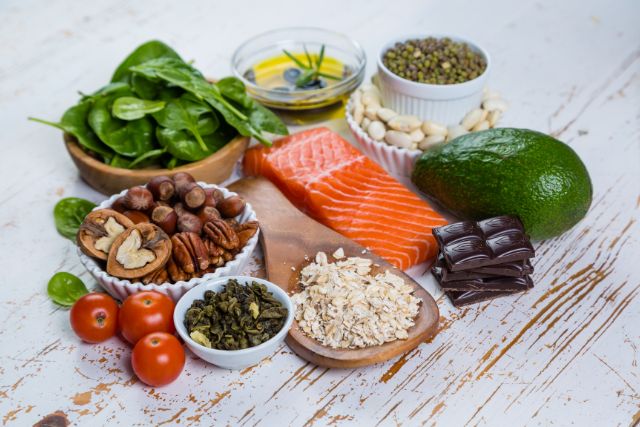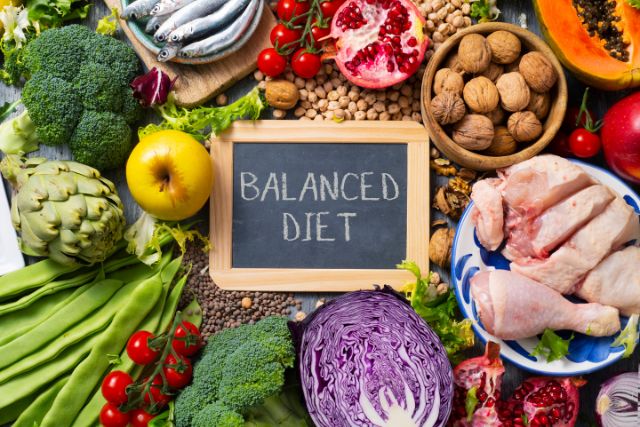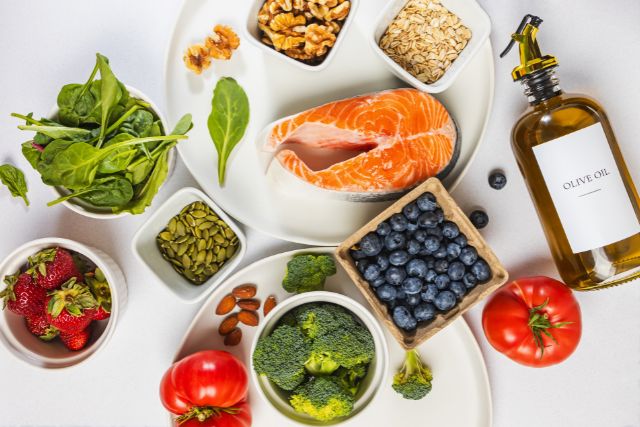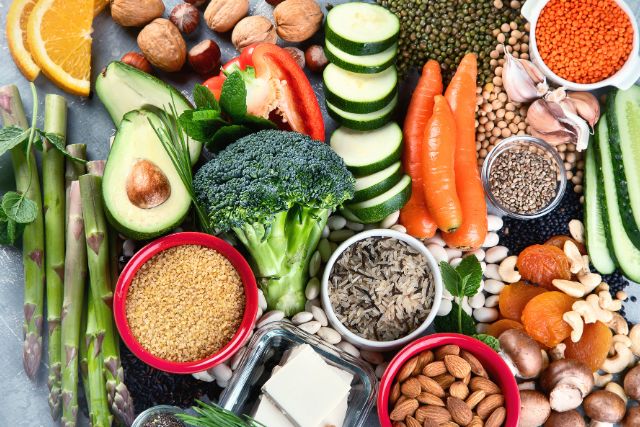Recent Posts
-

- Diabetes-Friendly Nutrition: Smart... 08.12.2024
-

- Nutrition for Chronic... 08.12.2024
-

- Anti-Inflammatory Diet: Food... 08.12.2024
-

- Low-Sodium and Heart-Healthy:... 08.12.2024
-

- Plant-Based Diets for... 08.12.2024
Low-Sodium and Heart-Healthy: Eating to Prevent and Manage Cardiovascular Disease

In spite of the fact that cardiovascular disease (CVD) is the main cause of mortality on a global scale, taking preventative measures with regard to diet can greatly lower the risk. Adopting a diet that is low in salt and beneficial for the heart is one of the fundamental methods. In the following paragraphs, we will discuss how making well-informed decisions about food can help prevent and treat cardiovascular disease (CVD) by regulating salt intake and maintaining overall cardiovascular health.
Understanding Cardiovascular Disease
In addition to heart attacks and strokes, cardiovascular illness comprises a wide variety of disorders that have an effect on the heart and blood vessels. These conditions include hypertension, sometimes known as high blood pressure. Many of these disorders are associated with bad dietary habits, such as consuming an excessive amount of salt, which can result in a rise in blood pressure as well as other issues.
The Role of Sodium in Cardiovascular Health
The mineral sodium is an important component that plays a role in the regulation of fluid balance and neuronal function. On the other hand, taking an excessive amount of sodium can cause the body to retain water, which can result in an increase in blood volume as well as an increase in blood pressure. An high blood pressure puts strain on the arteries and the heart over time, which in turn raises the risk of cardiovascular problems such as heart attacks, strokes, and other cardiovascular problems.
According to the American Heart Association (AHA), individuals should restrict their salt consumption to no more than 2,300 milligrams per day. The optimal objective for the majority of adults, particularly those who are at risk for cardiovascular disease, is to consume 1,500 milligrams of sodium weekly.
Heart-Healthy Eating Guidelines
- Reduce Sodium Intake
One of the most essential components of a diet that is good for the heart is reducing the amount of salt that is consumed. Foods that have been processed and packed, such as canned soups, deli meats, snacks, and fast food, often have a significant amount of salt. The consumption of whole, unprocessed foods, which naturally have lower amounts of salt, should be the primary focus instead.
Here are some tips to cut down on sodium:
- Read Labels: Check for sodium content and choose products labeled "low sodium," "reduced sodium," or "no added salt."
- Use Herbs and Spices: Season foods with herbs, spices, lemon, or vinegar instead of salt.
- Cook at Home: Preparing meals from scratch gives you control over the ingredients, including the amount of salt.
- Rinse Canned Foods: If you use canned beans or vegetables, rinsing them under water can remove some of the added sodium.
- Eat More Fruits and Vegetables
It is crucial for the health of the heart to have a diet that is abundant in fruits and vegetables. Potassium, a mineral that helps counterbalance the effects of sodium by decreasing blood pressure, is naturally present in certain foods in large amounts, whereas sodium is normally present in low amounts. Additionally, the fiber, vitamins, and antioxidants that are included in fruits and vegetables help to the health of the cardiovascular system by lowering levels of inflammation and improvement in cholesterol levels.
Your goal should be to consume a wide range of colorful food, such as cruciferous veggies like broccoli and cauliflower, berries, citrus fruits, and leafy greens.
- Choose Whole Grains
Consuming whole grains, which include brown rice, oats, barley, and whole wheat, is beneficial because it contains key nutrients such as fiber, which helps lower cholesterol levels and reduces the chance of developing heart disease. The nutritional value of whole grains is preserved, giving them a superior option for cardiovascular health compared to refined grains, which undergo little processing and lose their nutritious status.
- Opt for Lean Proteins
Although protein is an essential component of a diet that is good for the heart, it is critical to select lean sources of protein. There is a correlation between fatty slices of red meat and elevated cholesterol levels; therefore, it is recommended to consume plant-based proteins, fish, and chicken instead. Excellent plant-based options that are naturally low in sodium and saturated fat include legumes, beans, lentils, tofu, and quinoa. These foods are also low in sodium.
Omega-3 fatty acids have been demonstrated to decrease triglycerides, reduce inflammation, and improve overall heart health. Fish, particularly fatty forms such as salmon, mackerel, and sardines, are the richest sources of omega-3 fatty acids.
- Limit Saturated and Trans Fats
Excessive amounts of saturated and trans fat can elevate cholesterol levels and increase the risk of cardiovascular disease (CVD), despite the fact that certain fat is necessary for the diet. Reduce the amount of full-fat dairy products, fatty meats, and processed meals like cookies and pastries that you consume because these items frequently include fats that are not good for you.
Instead, choose for fats that are good for your heart from sources such as:
- Olive oil and avocados for monounsaturated fats
- Nuts and seeds for polyunsaturated fats
- Fatty fish for omega-3s
The DASH Diet: A Model for Heart-Healthy Eating
The DASH diet, which stands for the Dietary Approaches to Stop Hypertension, is an eating plan that has been supported by scientific research and is intended to reduce blood pressure and improve cardiovascular health. It places an emphasis on whole foods that are naturally low in sodium and abundant in minerals that are helpful to the heart, such as potassium, calcium, and magnesium.
The DASH diet encourages:
- A high intake of fruits and vegetables
- Whole grains over refined grains
- Low-fat or fat-free dairy products
- Lean proteins like poultry, fish, and legumes
- Limited sodium, added sugars, and unhealthy fats
- Managing Cardiovascular Disease with Diet
Once a person has been diagnosed with cardiovascular disease (CVD), adopting a diet that is low in salt and good for the heart can assist in the management of symptoms, the prevention of disease progression, and the reduction of the risk of future problems. It is possible to make a substantial impact in one's heart health by adhering to the dietary rules that have been stated above, as well as by engaging in regular physical activity and managing one's medication in accordance with the instructions given by a healthcare professional.
Eating in a way that is beneficial to one's heart does not have to be restricting or challenging. Incorporating a wide range of nutrient-dense fruits, vegetables, and lean meats into your diet, limiting the amount of salt you consume, and focusing on whole, unprocessed foods are all ways to lessen the likelihood of developing cardiovascular disease and improve the management of problems that are already present. Your food should be heart-healthy since it is an investment in your well-being that will last a lifetime and contribute to a better and longer life.
Disclaimer: The information provided in this article is for general information purposes only. All information in this article is sourced from other websites, and we do not represent any rights regarding the contents and information on the site. All rights belong to their original owner.




